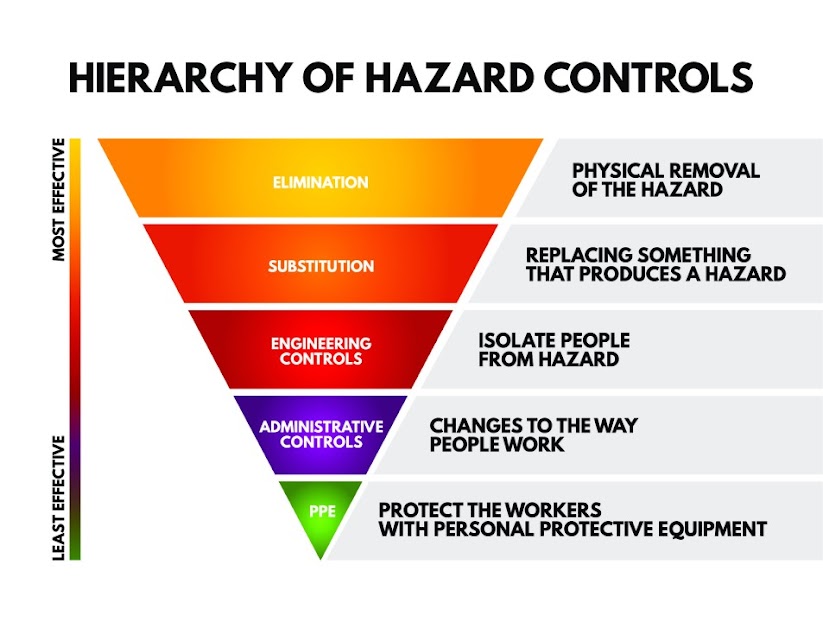Not all mold is toxic while others are majority toxic. At the same time, no mold in the home or workplace is good. Moreover, there are types that fall into a “most dangerous,” category that require professional mold removal intervention.
The most dangerous molds are considered “toxic” and can be considered harmful to humans and deadly. People think that toxic mold is one type of mold, but in fact, there are hundreds of species of mold that can be extremely harmful to the human body. Black mold is the most commonly well-known name of toxic mold among the public. It’s called black mold simply because of its colour and appearance. Yet, it should be known that toxic mold can appear in any colour.
HEALTH ISSUES CAUSED BY MOLD
People sensitive or allergic to molds may experience flu-like symptoms, including nasal and sinus congestion, sore throat, itchy, watery eyes or hives and asthmatic symptoms like wheezing and coughing. Additional symptoms may include localized infections of the skin and nails (onychomycosis) and eye infections. More serious infections can result in sinusitis, pneumonia, thrombophlebitis (blood clots), endophthalmitis (inflammation of the eye), septic arthritis (infection in the joints), and osteomyelitis (inflammation or swelling of bone tissue). Prolong exposure to mold can create other, more life-threatening conditions as well, including: cystitis – inflammation or infection of the bladder and brain abscess – a pus-filled swelling in the brain.
WHERE DO THE MOST DANGEROUS MOLDS GROW?
All molds grow in the same places even the most “dangerous.” Any place that is dark and accumulates moisture is a potential area for mold to grow. It can grow on just about any organic surface in your home or place of work if the conditions are right. Most common moisture sources are from leaks in the home and workplace. Although it doesn’t become airborne unless the mold is completely dry, mold grows quickly in damp environments. Water damage due to flooding, broken pipes or sewage backups in your home or workplace can create an ideal setting for mold growth, but even a slow, unseen leak behind the walls can cause major damage.
Since there are literally thousands of mold species in our world, it is nearly impossible to remove them all. We are exposed to molds every day since it grows inside and outside. Mold has its place in nature. But we must keep our homes and workplaces from becoming a breeding ground.
THE MOST DANGEROUS MOLDS
Toxic molds fall into five categories. Those categories are Penicilium, Fusarium, Stachybotrys, Aspergillus and Cladosporium. Each category includes many species of mold, and they have a wide variety of harmful qualities. Symptoms range from allergy type reactions to deadly illnesses. All five of these categories can grow indoors and be found in our homes.
Penicillium
About 200 known species of Penicillium are known to exist in the air or soil. Their purpose is to cause food and other perishable goods to spoil, and their presence usually indicates high moisture levels in the environment. Indoors, they will cling to various damp surfaces, such as walls and wallpapers, floors, and carpets. Colours range from blue and yellow to green and white.
These mold families have been connected to illnesses such as nail fungus and asthma.
Fusarium
Fusarium comes to life even at lower temperatures and is most often spotted growing on water-damaged carpeting and fabrics. Its prolonged presence can cause mild allergic reactions, asthma, and severe respiratory conditions. It will appear orange in colour.
Stachybotrys
Stachybotrys is an intensely dangerous fungus, also known as black mold. Mold species under this genus produce mycotoxins wherever they are disturbed, which can cause serious infections. They usually grow on materials that contain cellulose and that have remained damp for a long period of time. Surfaces include cardboard and gypsum board, ceiling tiles, and wood etc.
Stachybotrys has also been linked to severe illness in young infants. Those people with compromised immune systems, small children, and the elderly are highly susceptible to illness when they encounter this type of mold.
Aspergillus
The least serious of the most dangerous mold groups, the Aspergillus mold family consists of almost 200 species. Only 16 of those cause illnesses in humans, none of which are fatal if treated. The mold is yellow-greenish in color and often encountered indoors.
Cladosporium
Cladosporium is a very common mold and is one that falls into the most dangerous mold category. This genus comes in an array of colors from green, brown, gray, or black colours and is comprised of around 40 different species. Common gathering spots include painted walls, wood, carpets etc.
Chronic cases of Cladosporium can produce pulmonary edema and emphysema.
CALL IN THE EXPERTS
If you do find mold in your home or workplace, you will need to identify which type of mold you are dealing with so that you can take the correct steps to remediate and remove it. Contacting a mold test service company can help you determine if you have one of the most dangerous molds and guide you in the proper treatment.
Source: https://www.moldremovalexpress.com/blog/the-most-dangerous-types-of-mold#:~:text=Toxic%20molds%20fall%20into%20five,type%20reactions%20to%20deadly%20illnesses._________________________________________
VISIBLE GROWTHS AND ODD COLOURS








No comments:
Post a Comment